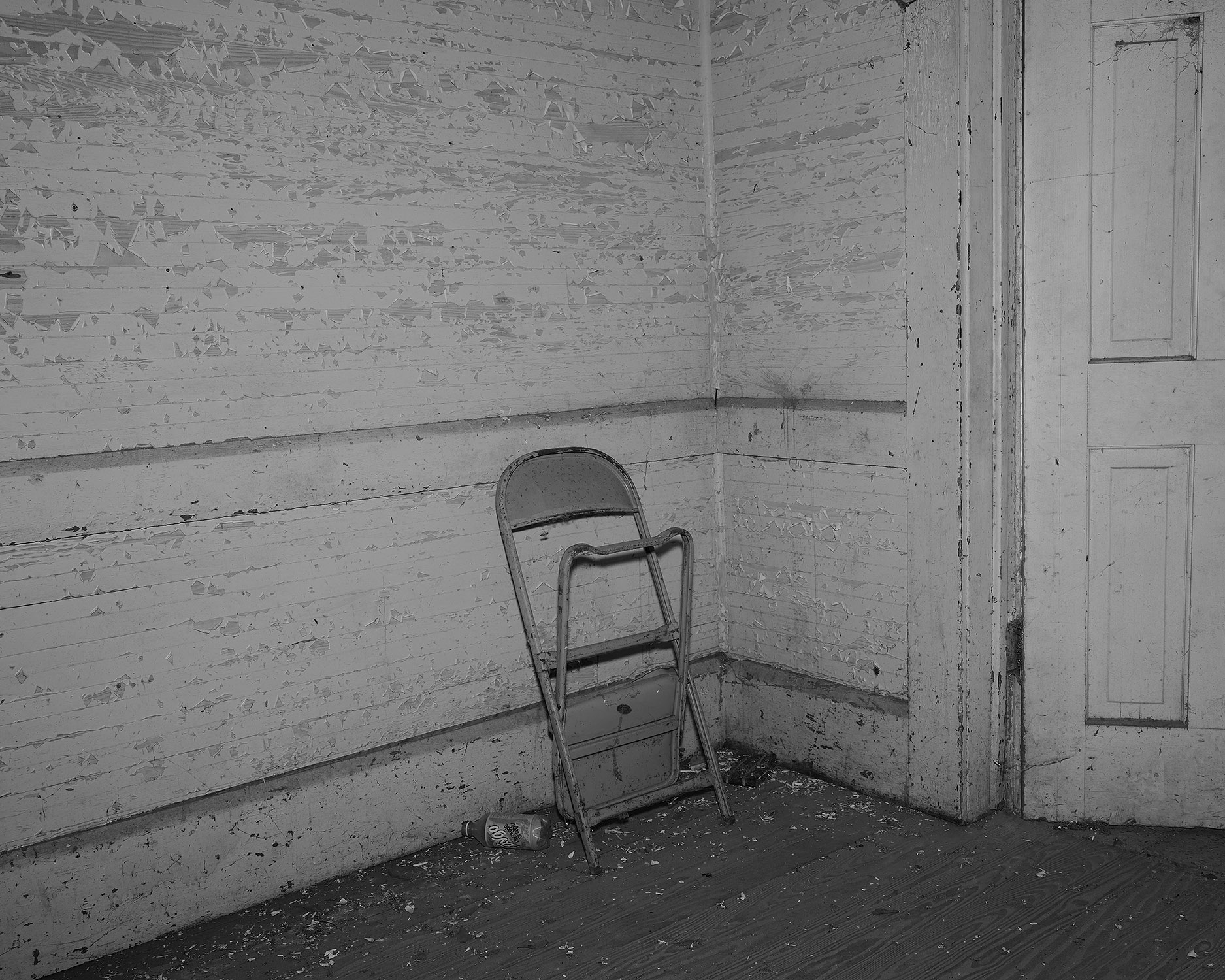11.24.20



Thomaston Colored Institute, Thomaston, Ala. An historic African American school completed in 1910 by the West Alabama Primitive Baptist Association, the Thomaston Academy was the only significant educational opportunity for the area’s black population for decades. The building has been abandoned since the 70’s and was included on the Alabama Historical Commission’s Places in Peril in 2000, the same year it was placed on the National Register of Historic Places.
On November, 24, 1958, the U.S. Supreme Court unanimously decided Shuttlesworth vs. Birmingham Board of Education, rejecting a challenge to Alabama’s School Placement Law. The law, designed to defy the 1954 Brown v. Board of Education decision and maintain school segregation, allowed Alabama school boards to assign individual students to particular schools at their own discretion with little transparency or oversight.
Alabama’s School Placement Law, which claimed to allow school boards to designate placement of students based on ability, availability of transportation, and academic background, was modeled after the Pupil Placement Act in North Carolina -- enacted on March 30, 1955, in response to the Brown decision. Virginia passed the second placement law on September 29, 1956. In 1957, after the North Carolina law was upheld by a higher court, legislatures in other Southern states passed similar pupil placement laws; by 1960, such laws were on the books in Alabama, Arkansas, Florida, Louisiana, North Carolina, Tennessee, Texas, Virginia, and the city of Atlanta, Georgia.
After the Alabama law's passage, Rev. Fred Shuttlesworth sued on behalf of four African American students in Birmingham who had been denied admission to white schools that were closer to their homes. In its unanimous decision, the Supreme Court wrote, “The School Placement Law furnishes the legal machinery for an orderly administration of the public schools in a constitutional manner by the admission of qualified pupils upon a basis of individual merit without regard to their race or color. We must presume that it will be so administered.”
Between the Brown v. Board of Education ruling in 1954 and 1958, a total of 376,000 African American children were enrolled in integrated schools in the South. This growth slowed significantly as states passed obstructive legislation like these pupil placement laws; the figure rose by just 500 students between 1958 and 1959, and by October 1960, only six percent of African American children in the South were attending integrated schools. Crucially, in the five Deep South states, including Alabama, every single one of 1.4 million Black schoolchildren attended segregated schools until the fall of 1960.
– Info courtesy EJI.org.
+++++